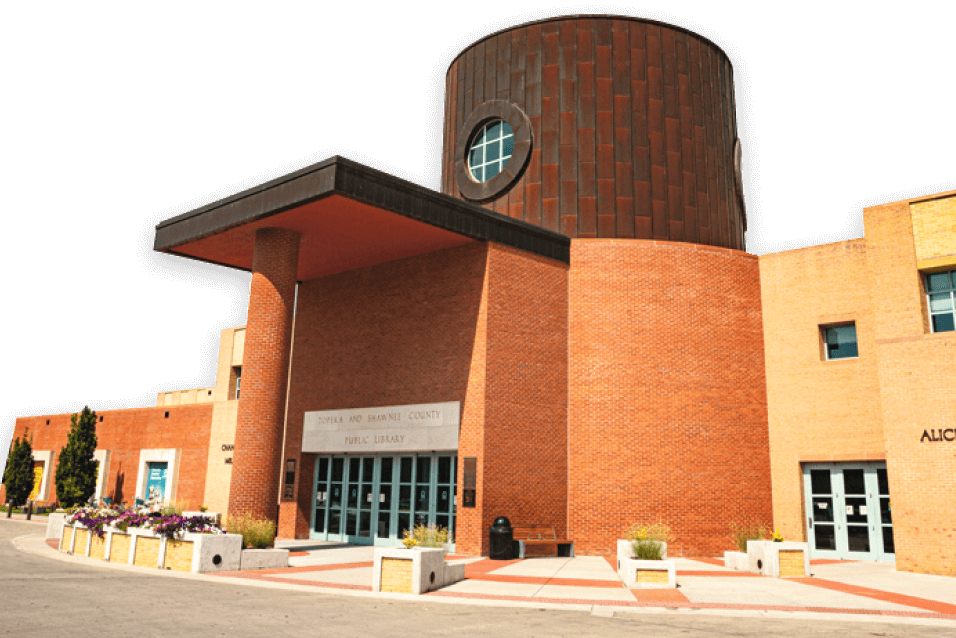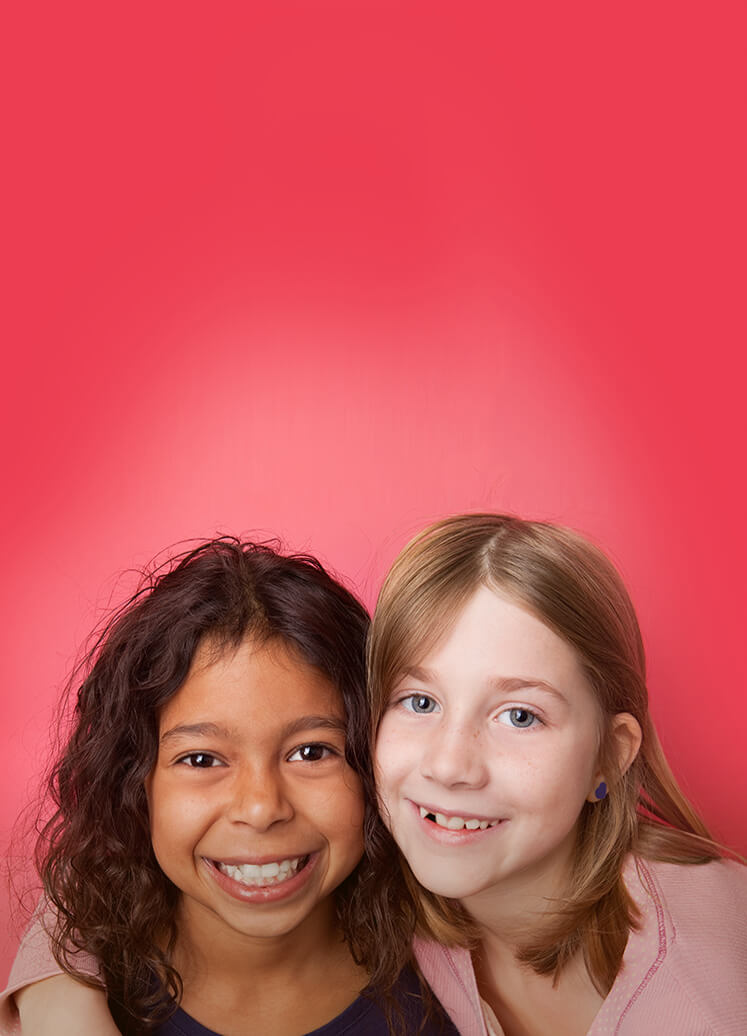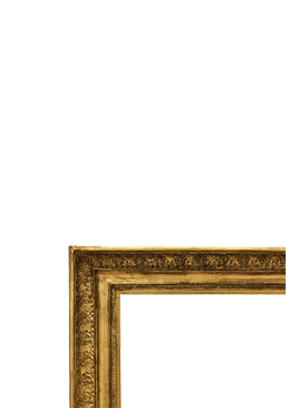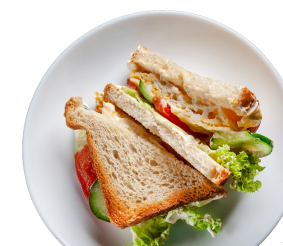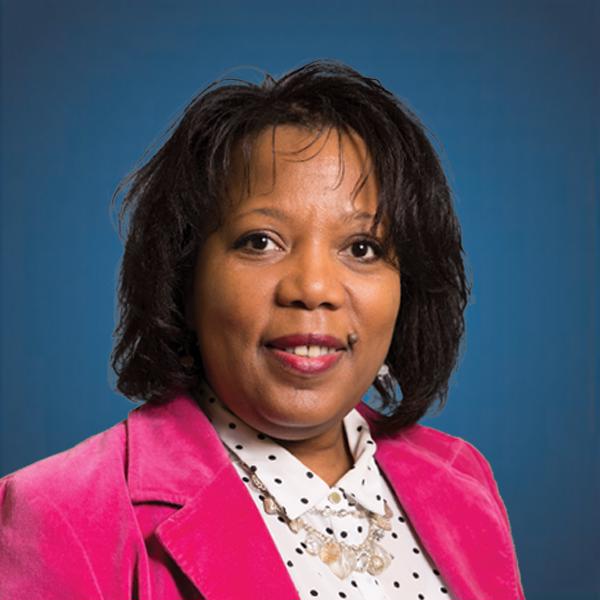What's in your DNA
content
Gain insight into DNA testing that is helping people connect not only to their ethnicity but also helping people find their lost family members. Genetic Genealogy is a new term genealogist use for locating family members by combining DNA and genealogy research.

Gele headdress
You may see commercials for Ancestry.com and 23andMe.com that suggest you should learn if you should wear a kilt, lederhosen or a traditional Nigerian headdress called a Gele by learning about the 23 pairs of chromosomes that make you who you are.
You are likely wondering about your own DNA. What is your ethnicity or who are your relatives? You may also be concerned about the ethics concerning what you do with your results. What if you find out you're not related to who you think you are? What if you have an adopted family member you didn't know about?
Some may ask, what do these DNA tests tell you about your family that you don't already know? Or why would you want to test? The truth is many of us don't know that much about our ancestors and many are searching to find out how they fit in the world.
It's important to understand each DNA testing company's privacy issues. Each person has to make decisions on how much they want to share about their family and how open they are to sharing with their genetic DNA family they don't know.
Genetic testing shows shared DNA from up to your fourth and fifth grandparents. That's 64 grandparents! There are several types of DNA. The autosomal DNA show both maternal and paternal DNA lines. Mitochondrial DNA shows your mother's line and YDNA shows your father's line over many generations. The X Factor is what you inherit from both parents and it determines your sex.
There are many DNA testing companies. Each has various ways that they process your DNA. Some of them also compile a list of people who share your DNA. These lists can help you determine your genetic DNA cousins and family you never knew you had. Genetic genealogy is an opportunity to travel the journey of a lifetime!


